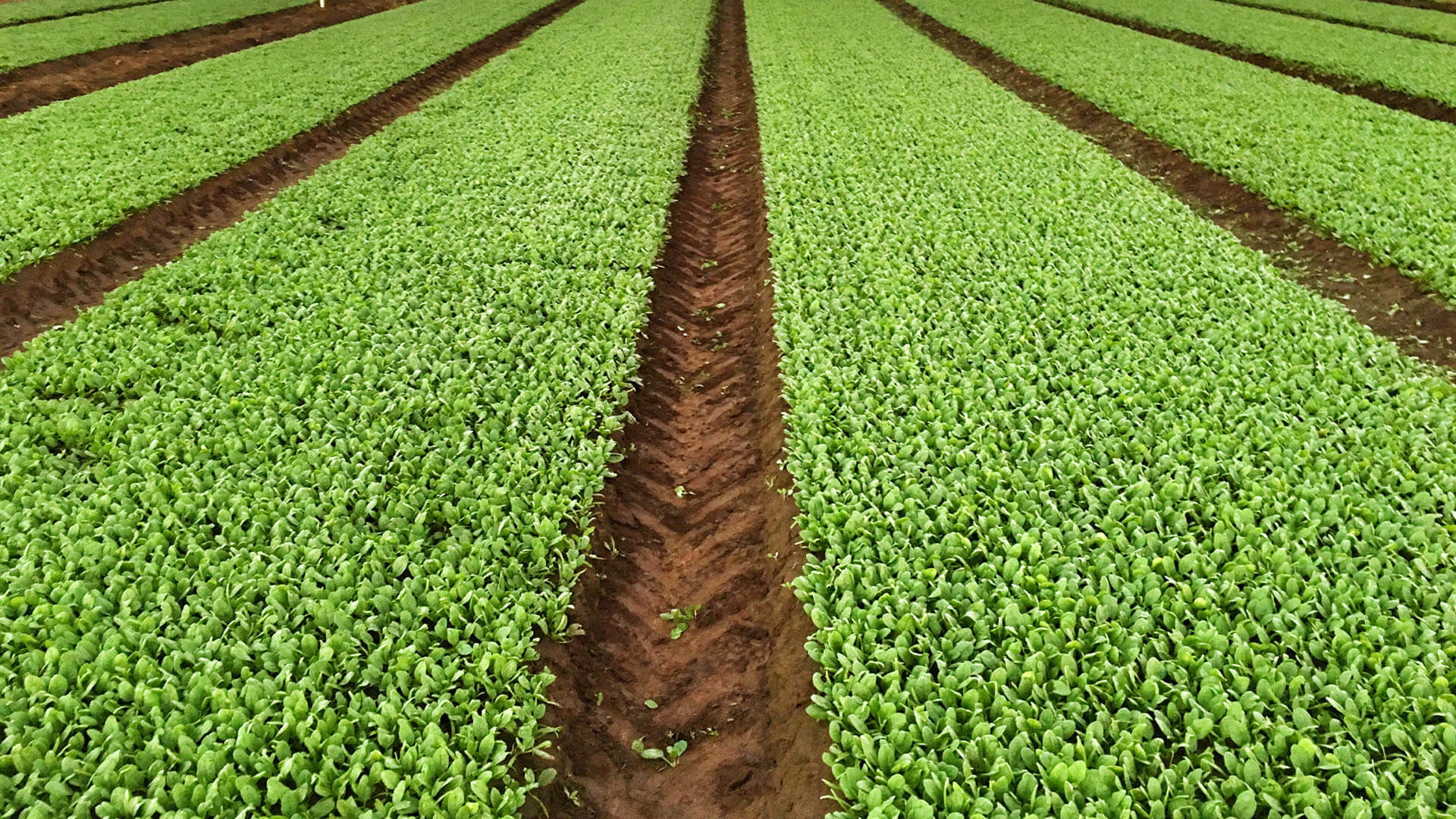Today we’re giving you some tips on how to achieve more sustainable farming. 10 easy-to-follow best practices for your first steps towards a “greener” agriculture.
People are more and more talking about sustainable agriculture. What does this mean exactly? It’s a more natural farming method based on sustainable practices from both an economic and environmental point of view. The result is the production of healthier and more nutritious food, improved land preservation and a more efficient use of energy resources.

The top ten sustainable farming practices
Today we’re giving you some tips on how to achieve more sustainable farming. Here are 10 easy-to-follow best practices. Your first steps towards a “greener” agriculture.
- Use renewable energy sources. Solar energy, hydro and wind power are all natural, renewable and clean resources. They are a valid alternative to fossil fuels. By choosing such energy sources for your business, you avoid the emission of pollutants into the atmosphere.
- Integrated pest management. Not all parasites are harmful. Observing their behaviors and effects on the crops will help you reduce the use of pesticides, thus preserve the ecosystem.
- Crop rotation. An ancient but still effective technique to improve soil fertility and to have a higher crop yield. As a pleasing side effect, you can use less chemical fertilizers.
- Avoid crop erosion. A healthy soil is the key to a good harvest. Taking care of your fields is the best way to have extraordinary yields. Here you can find some tips for improving soil conservation.
- Crop biodiversity. Preserving a large variety of crops with different peculiarities and nutrient needs is essential for more flexible farming and higher yields.
- Eliminate parasites in a natural way. Bats, birds and some insects are natural “pesticides”. Fostering their settlement in your fields ensures efficient and natural pest control.
- Pasture management. Driving your livestock through the fields from time to time provides a natural and eco-friendly fertilizer to your soil.
- Reduce transport time and costs. If you sell your products on local markets or deliver them to processing companies close to the production area, there is no need for long-distance transport. As a result, you can save fuel costs wasting less energy. A real environmentally-friendly approach.
- Improved water management. Choosing crops that are suitable to your local climate conditions is the first step towards the correct use of water resources. Moreover, collecting and storing rainwater is the best precaution to have some irrigation reserves in case of drought.
- Manual weeding. We’re obviously talking about small pieces of land where manual weeding is possible. If you avoid using your farm equipment you can save both energy and fuel. The environment will say thanks.
 In addition to these measures, always remember to choose the right equipment for soil tillage: we are not referring to vehicles only, but also to tires that play an important role as you well know.
In addition to these measures, always remember to choose the right equipment for soil tillage: we are not referring to vehicles only, but also to tires that play an important role as you well know.
That’s why we suggest you Agrimax Force, BKT’s top-of-the-range tire designed for high-power tractors over 250 hp. Thanks to the “IF” technology, which has been further developed by BKT, this tire ensures increased load capacity at lower inflating pressure compared to a standard tire of the same size. All this turns into reduced soil compaction, excellent soil fertility and higher yields!
Find out all its strengths and the available sizes on our website!
